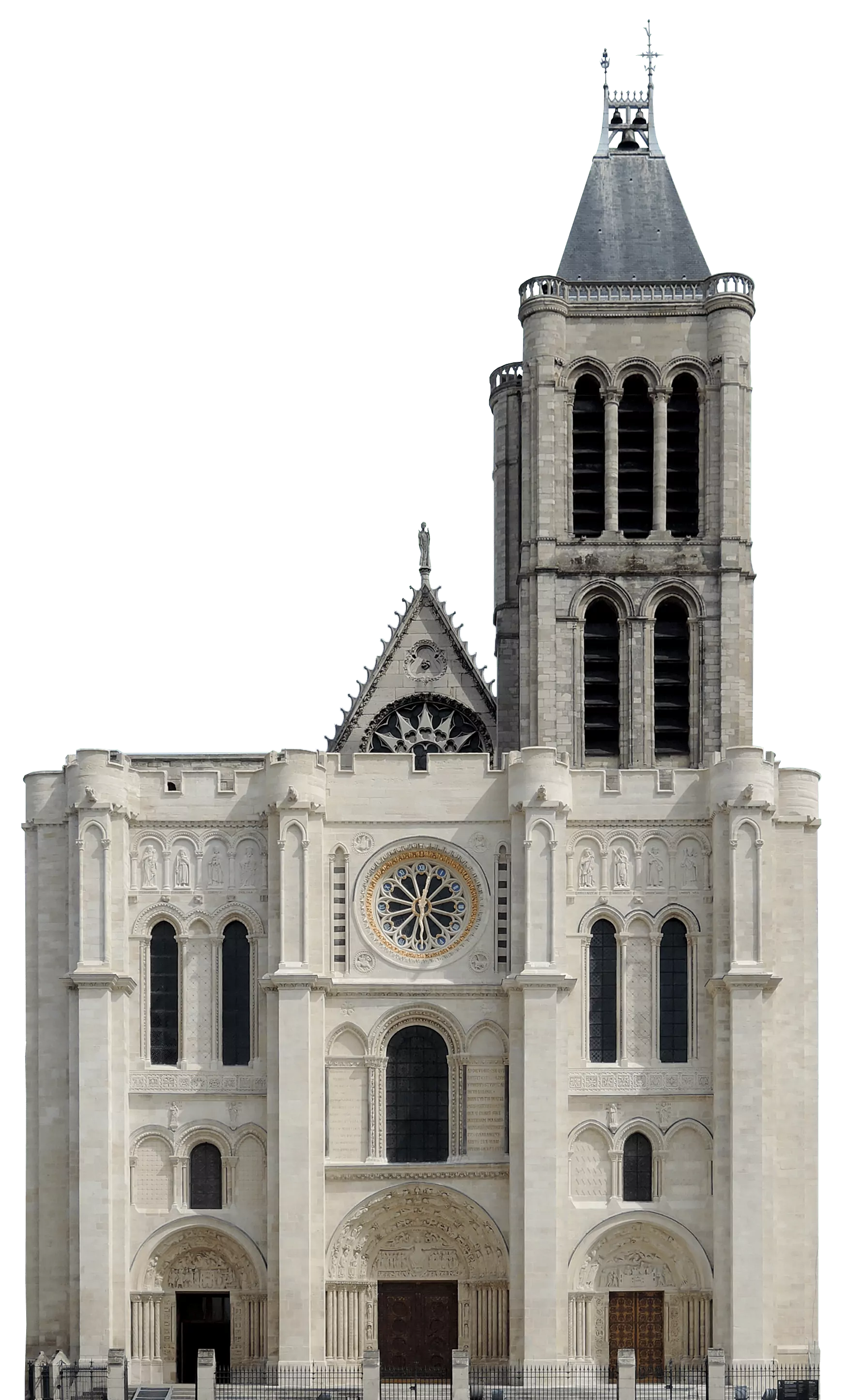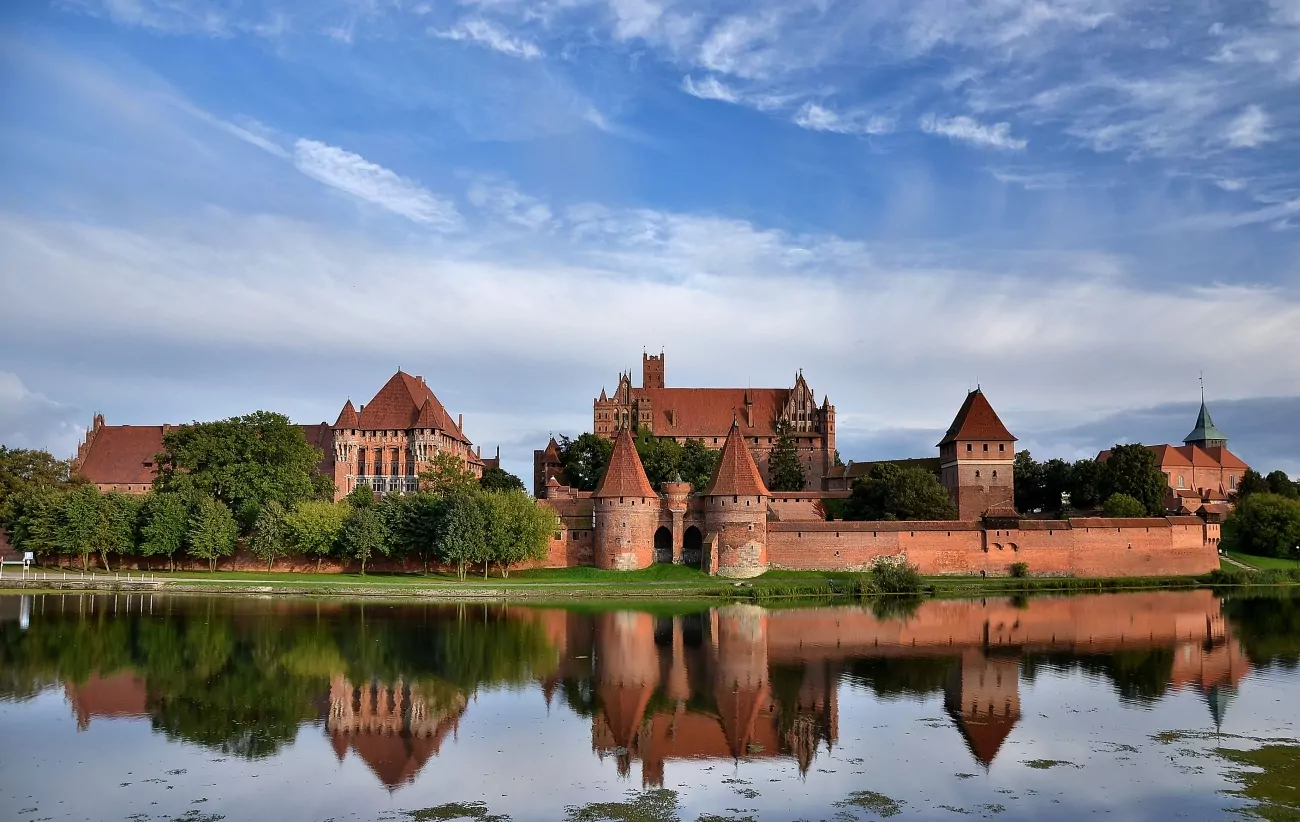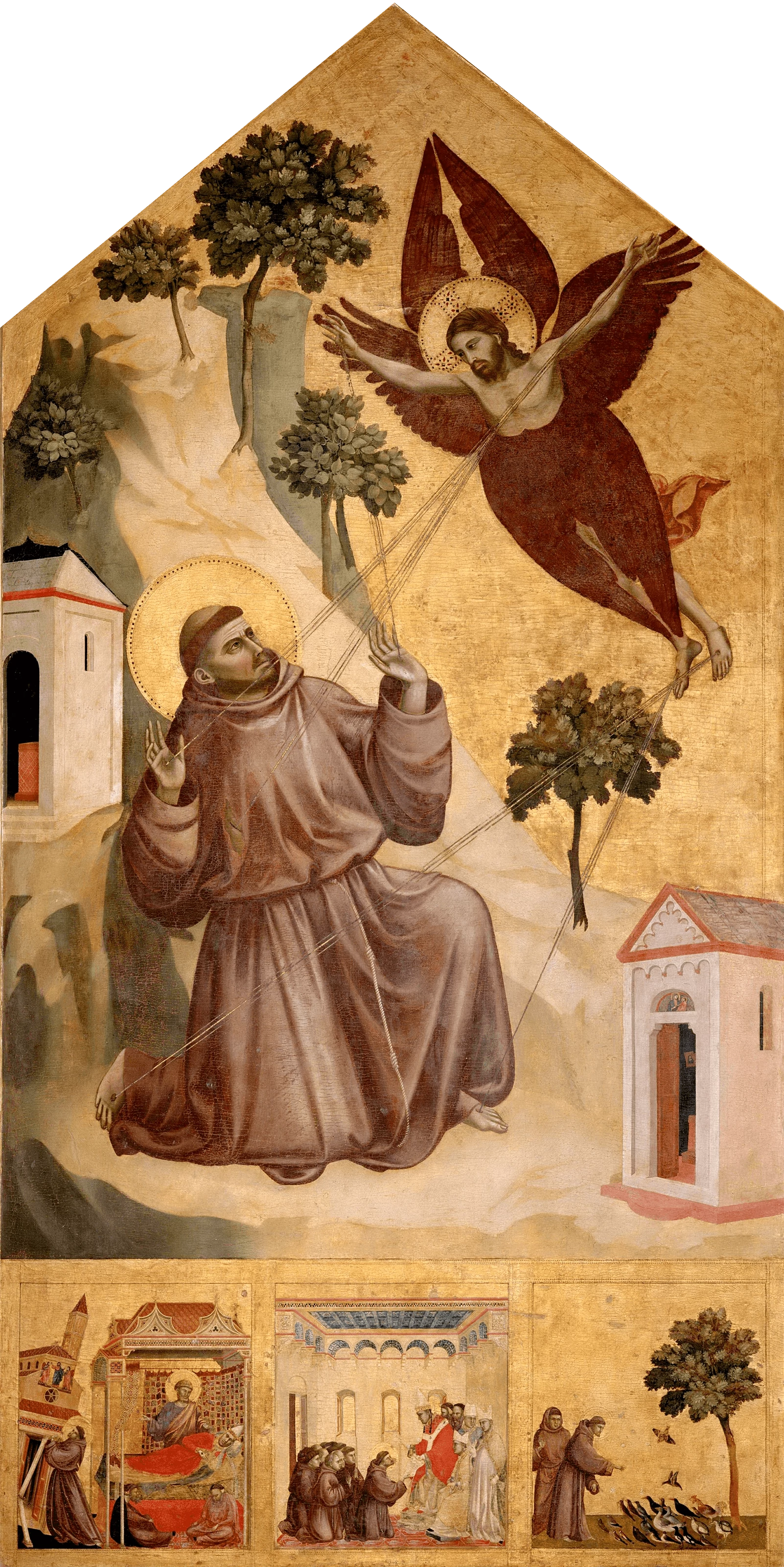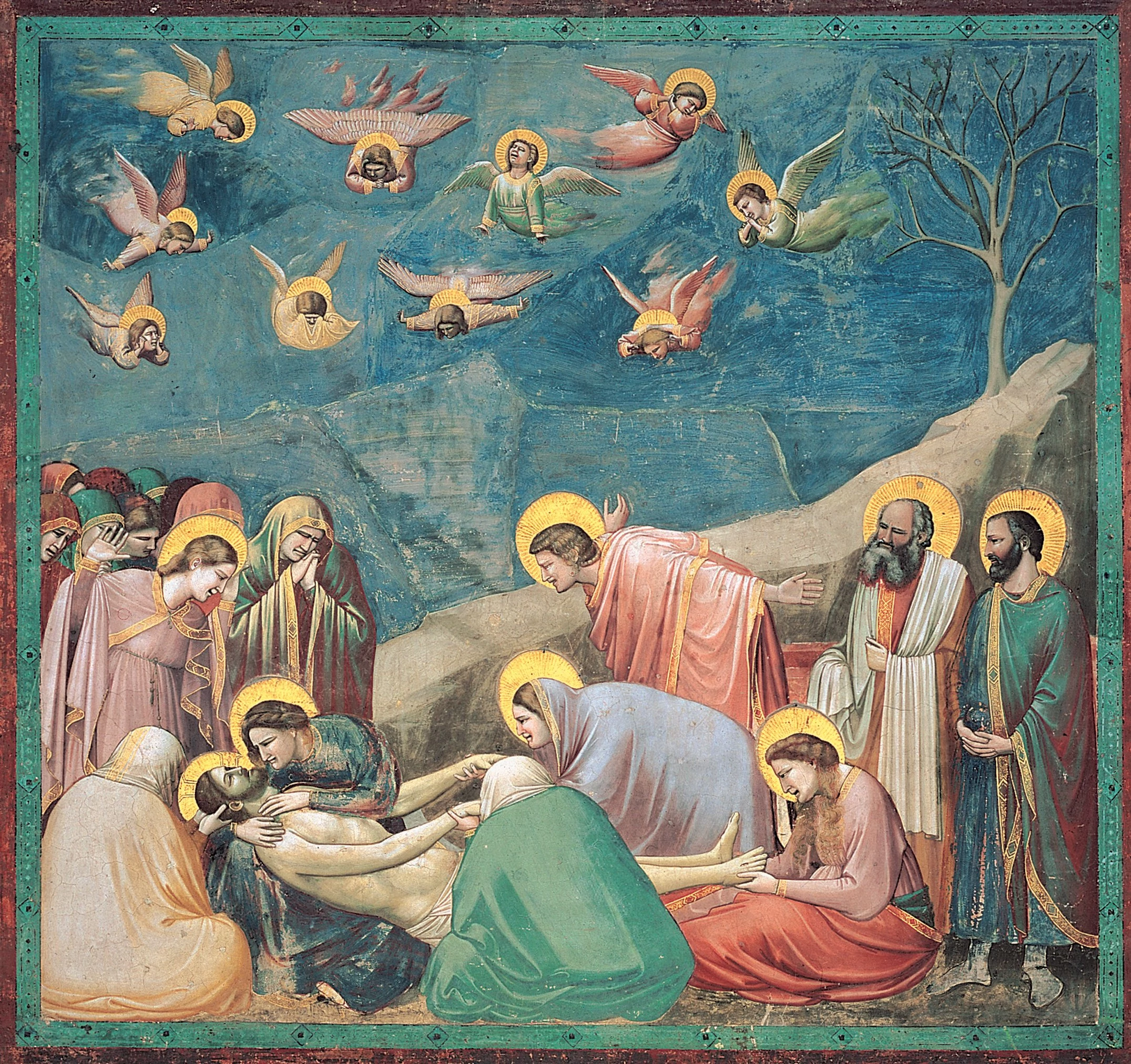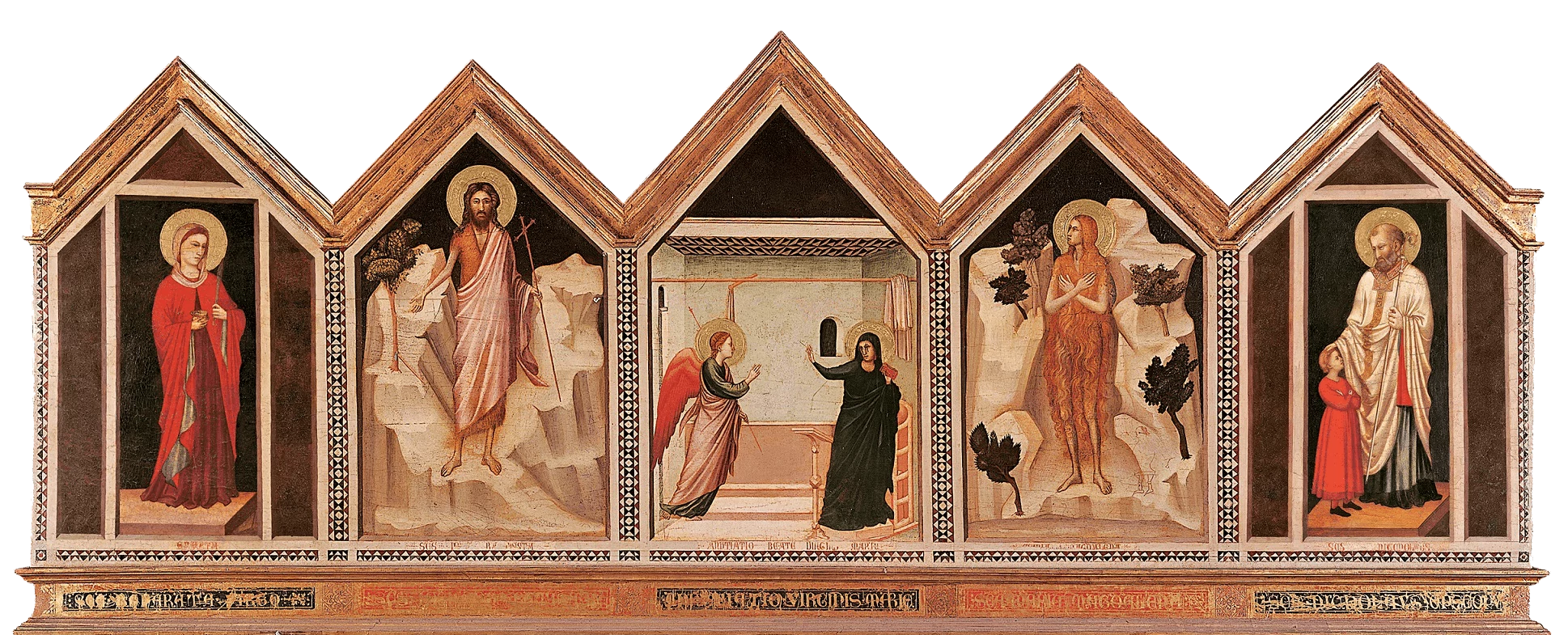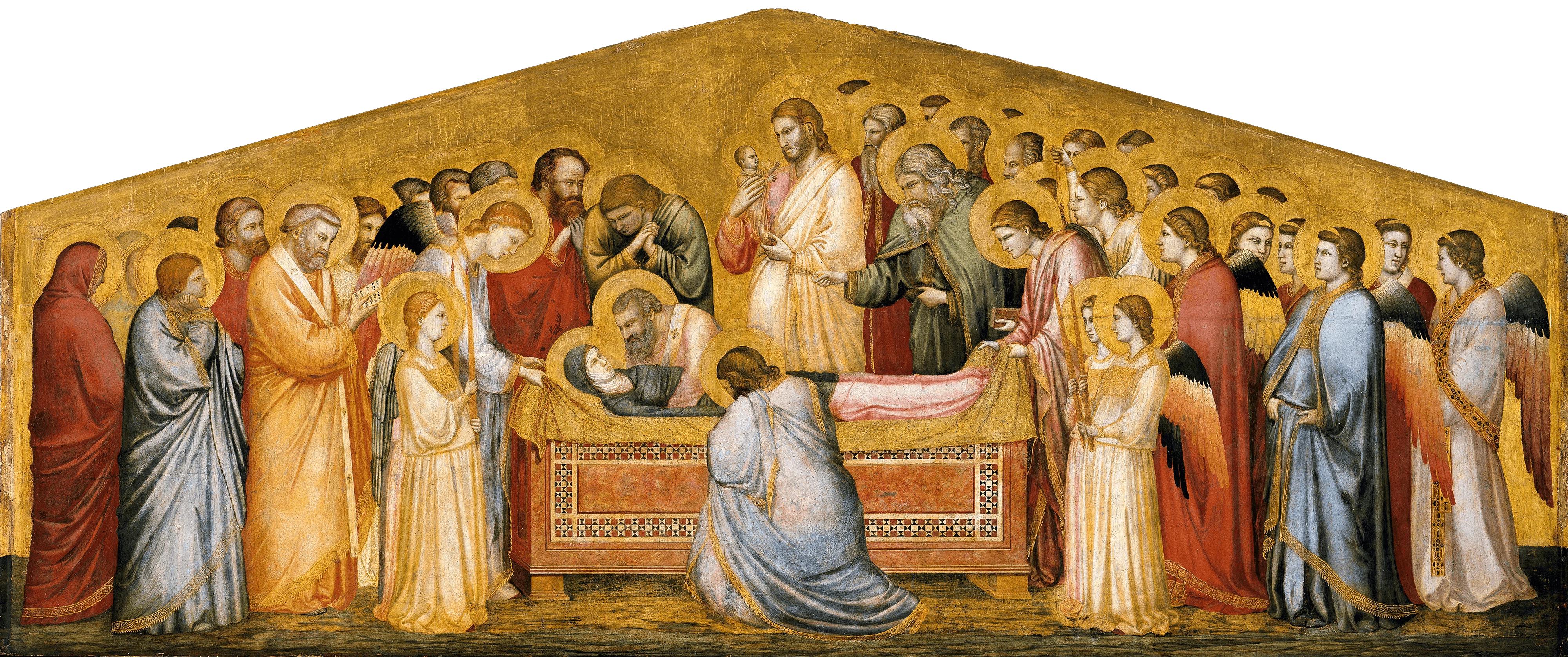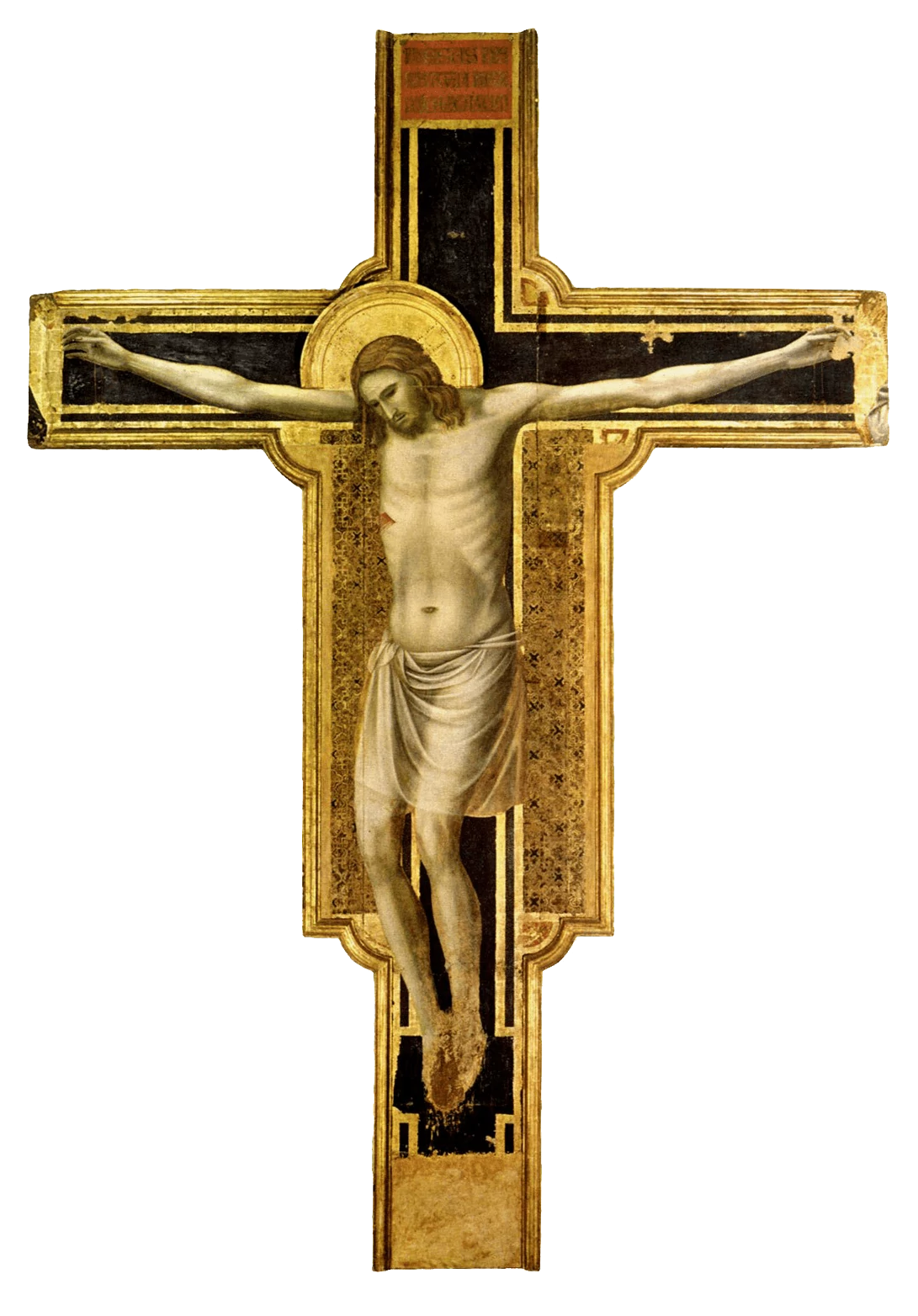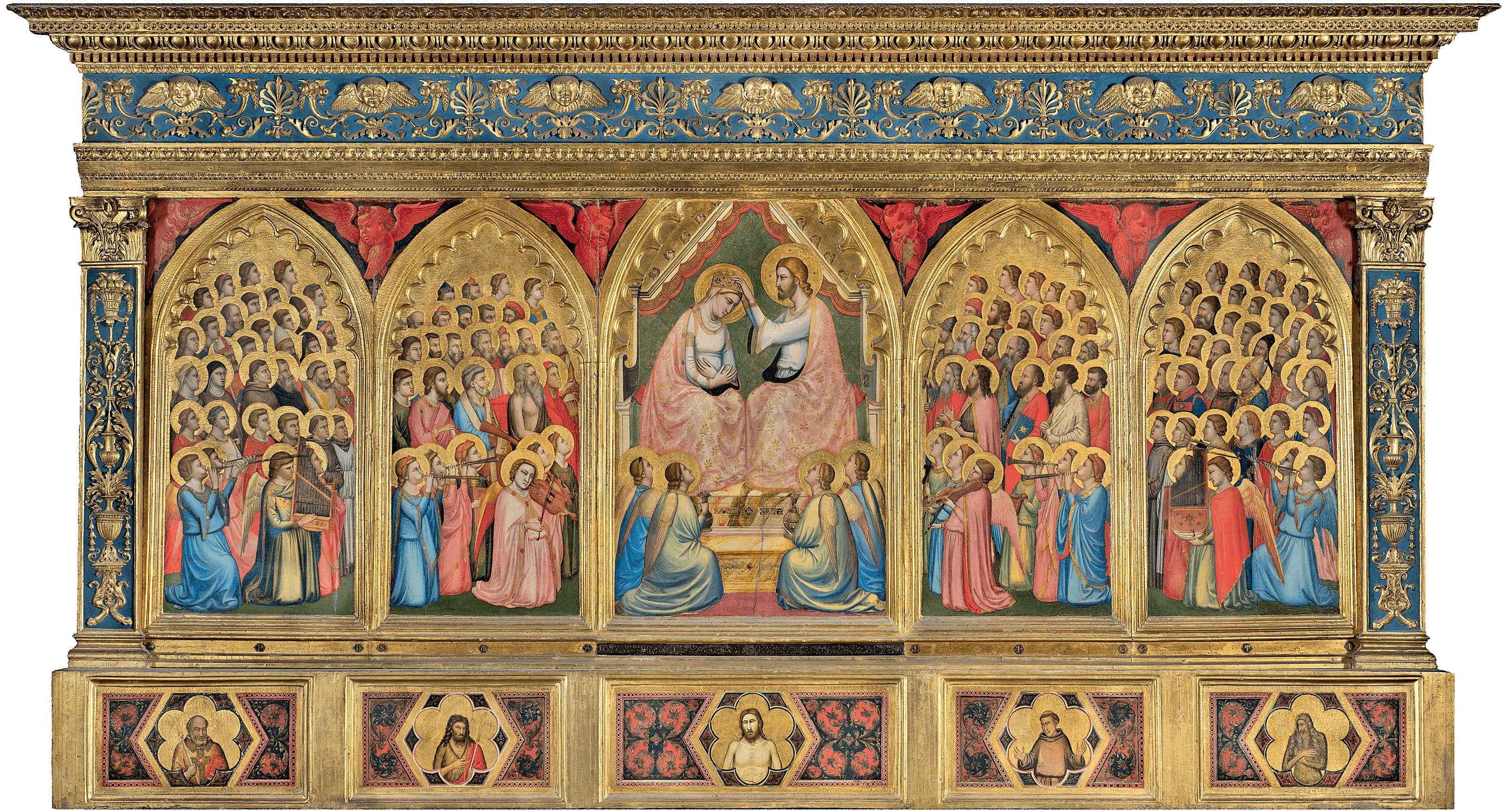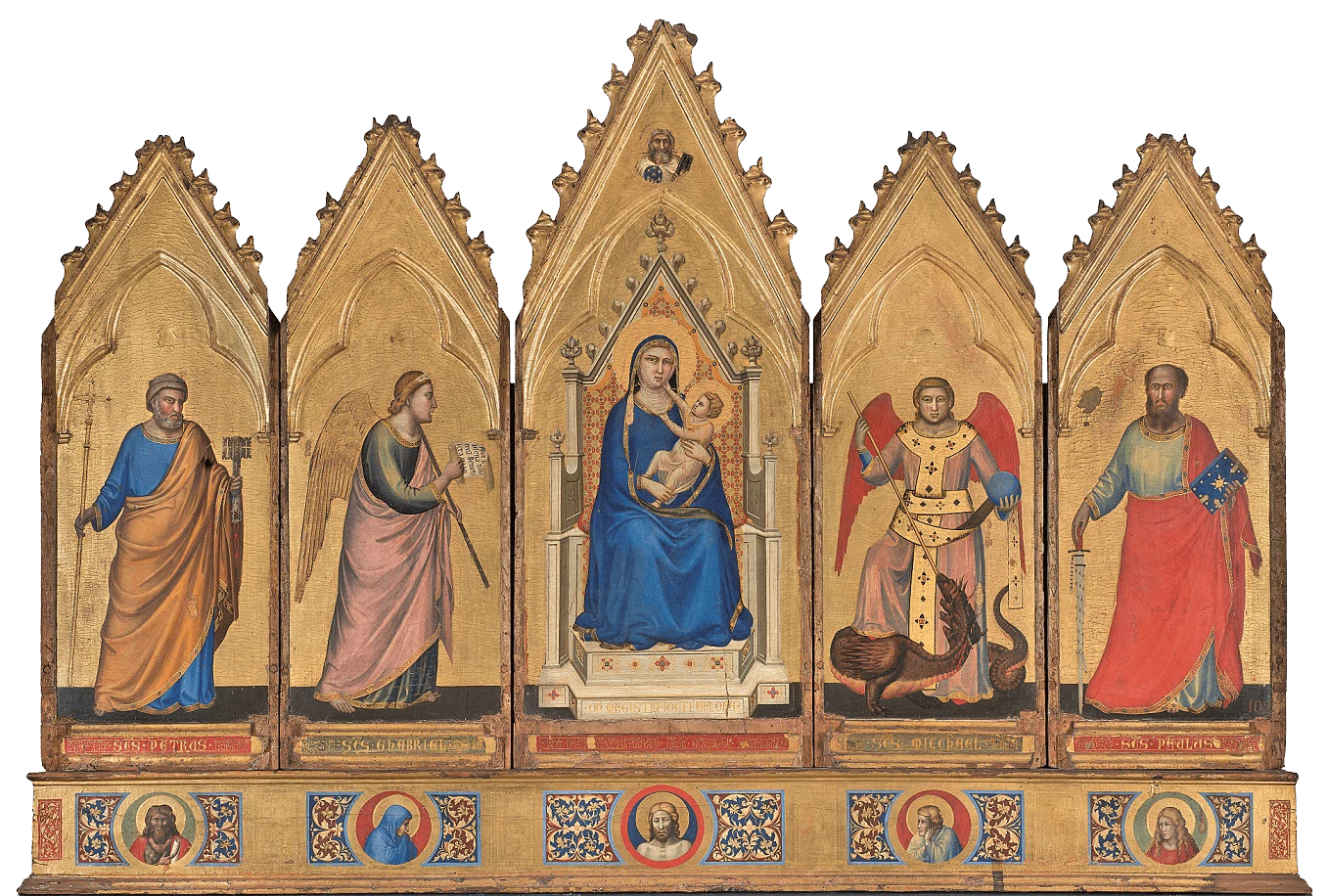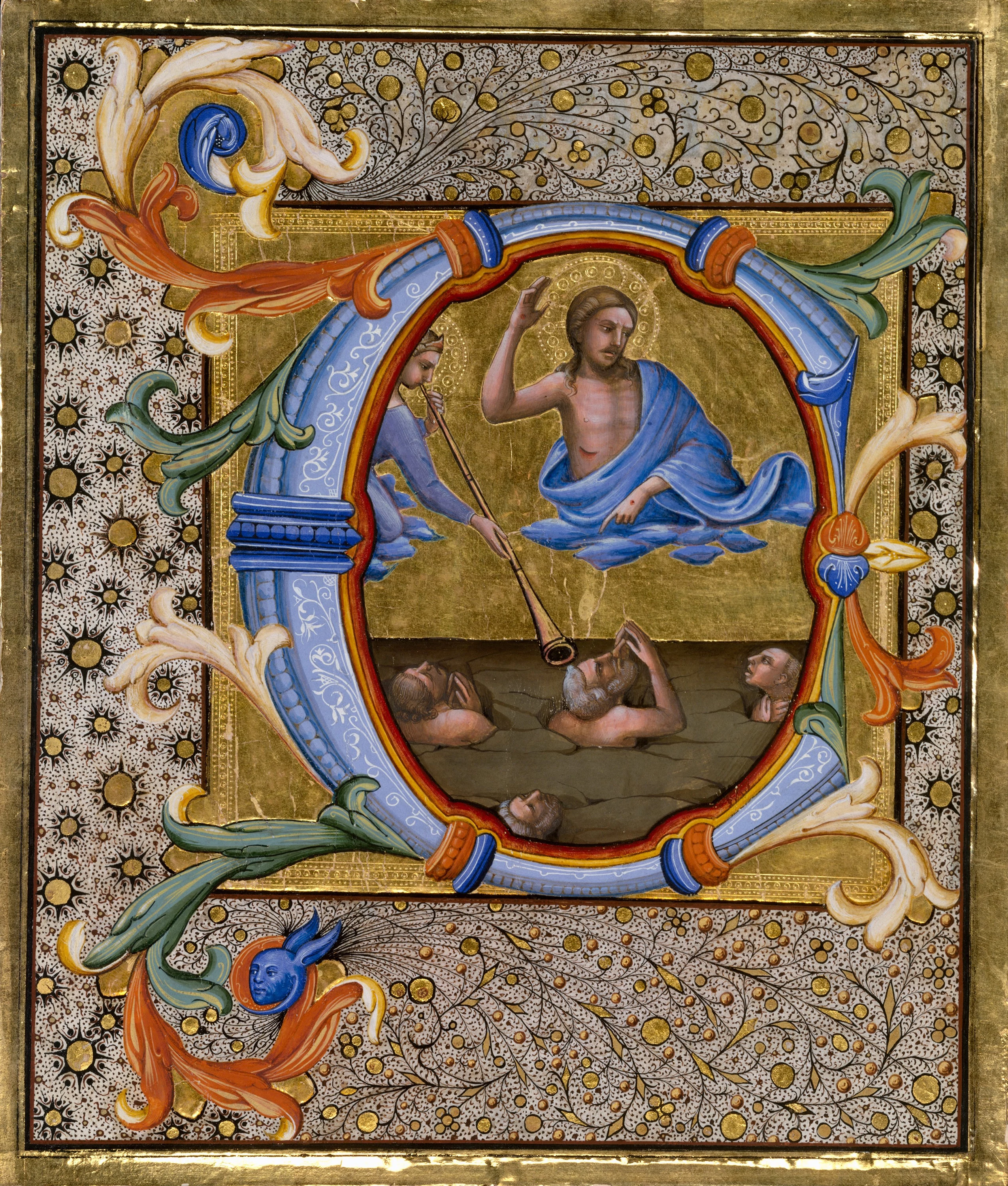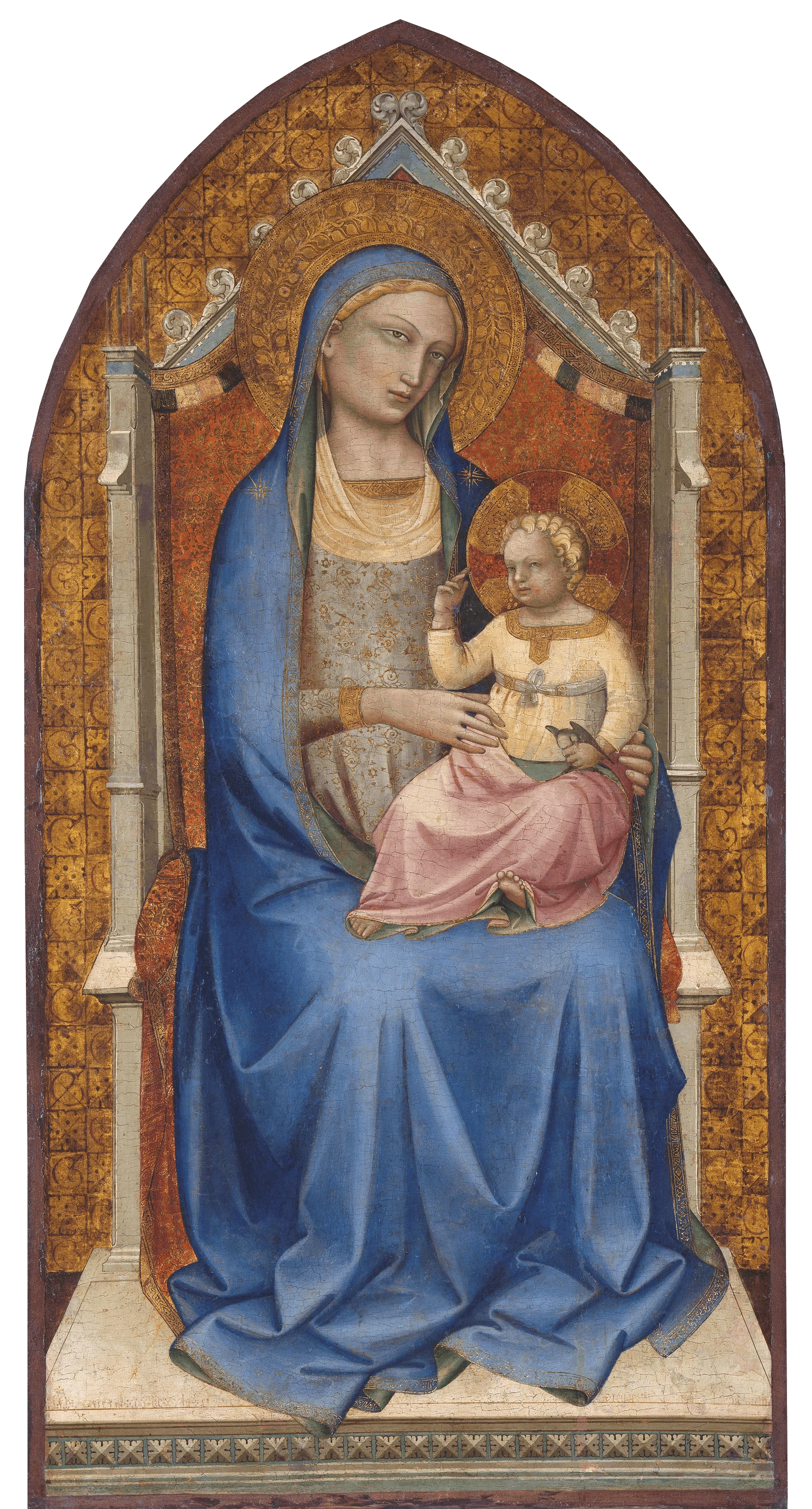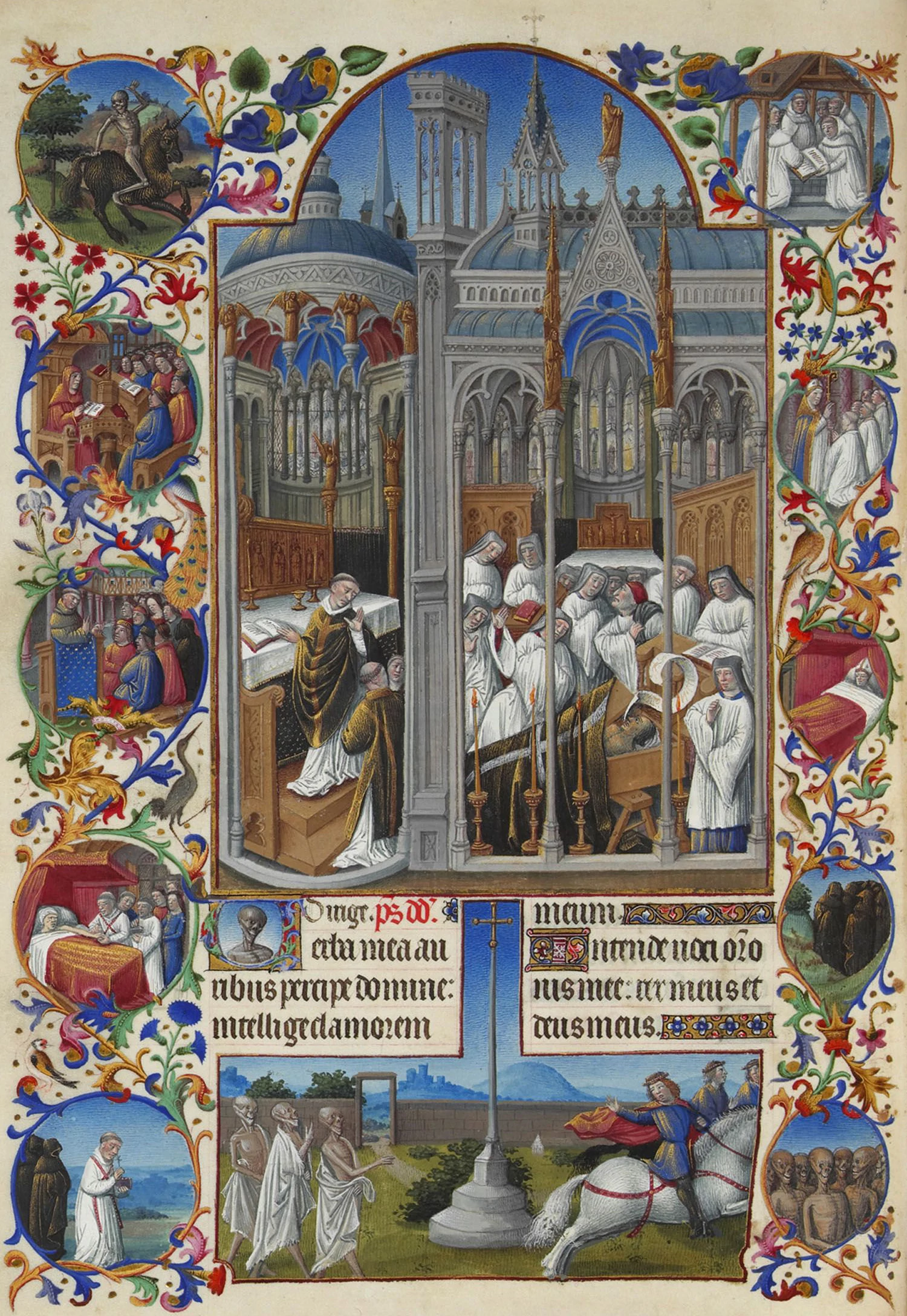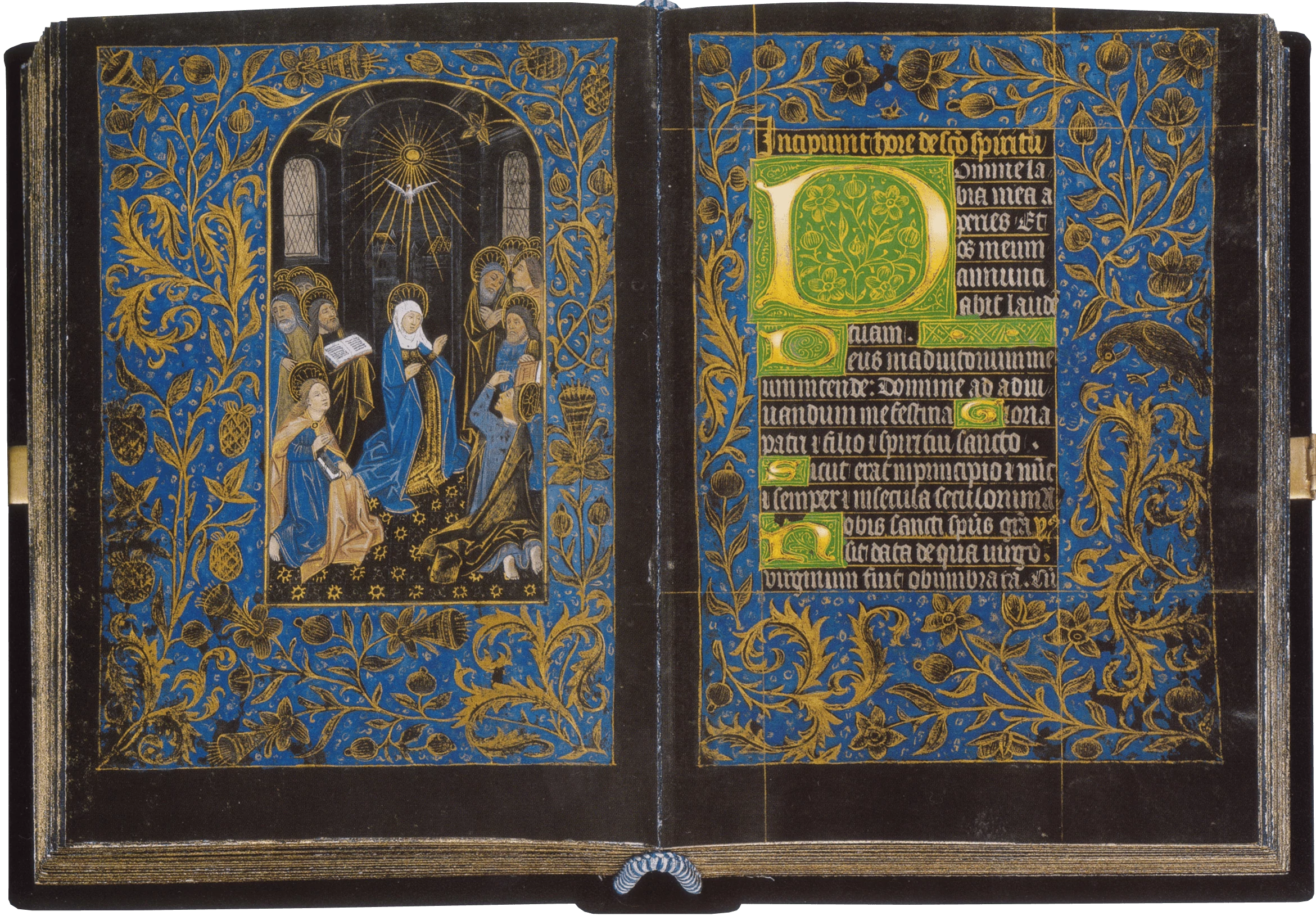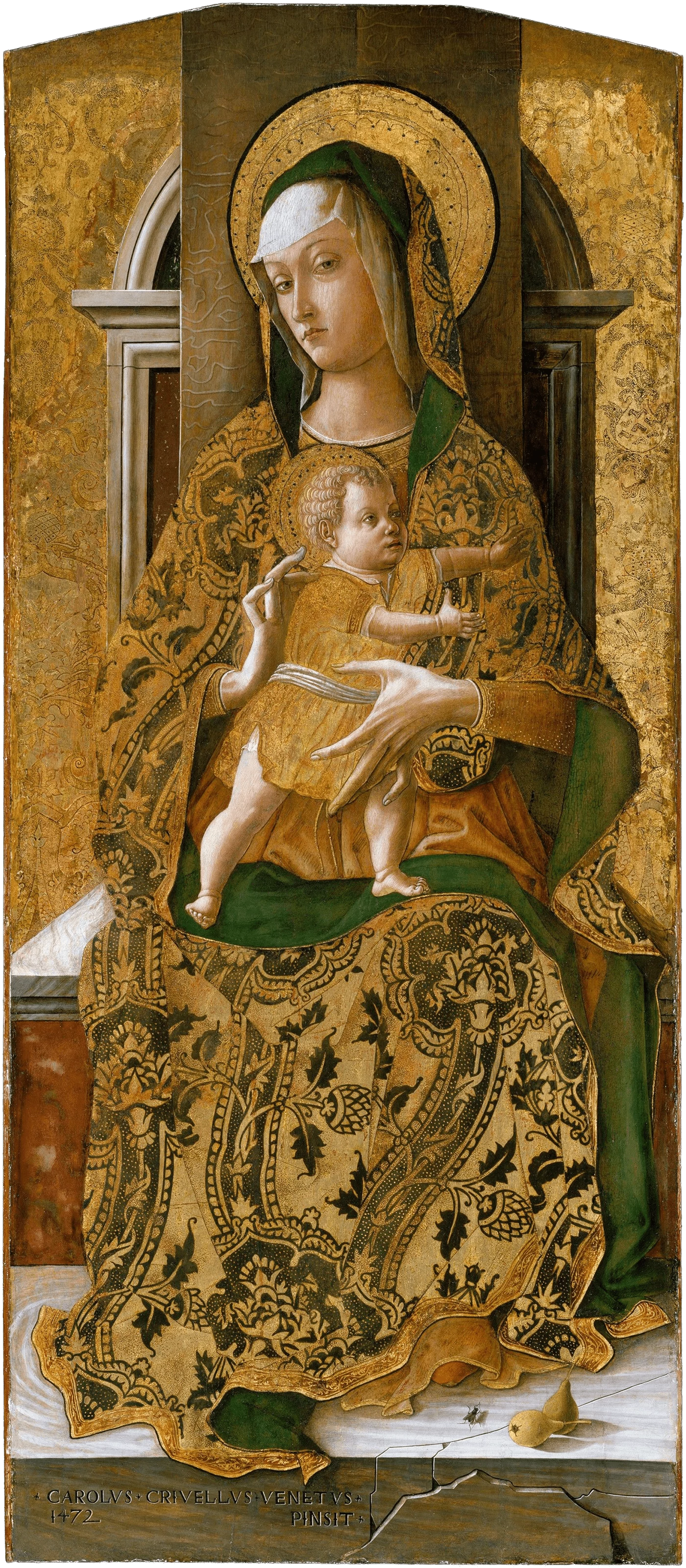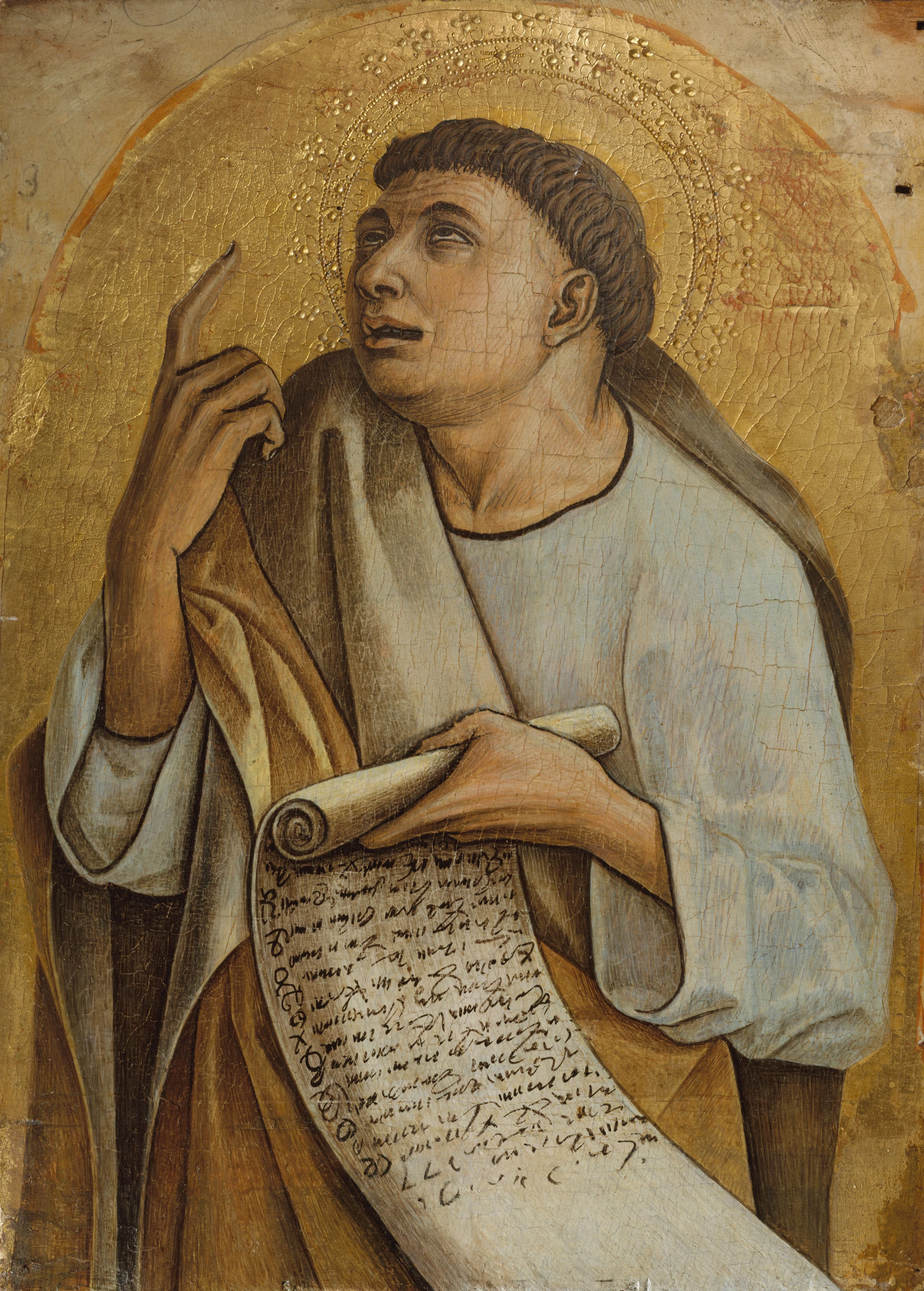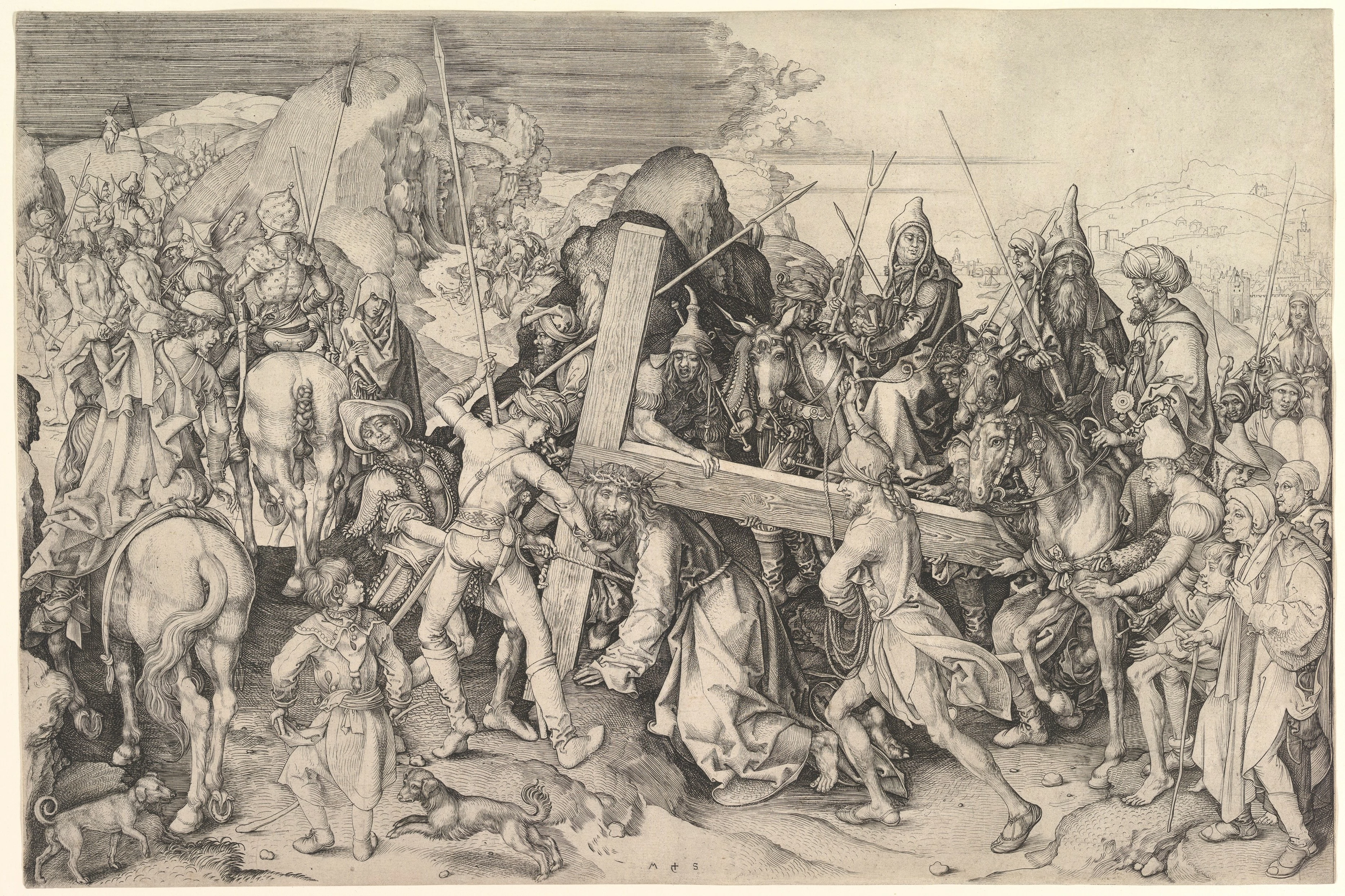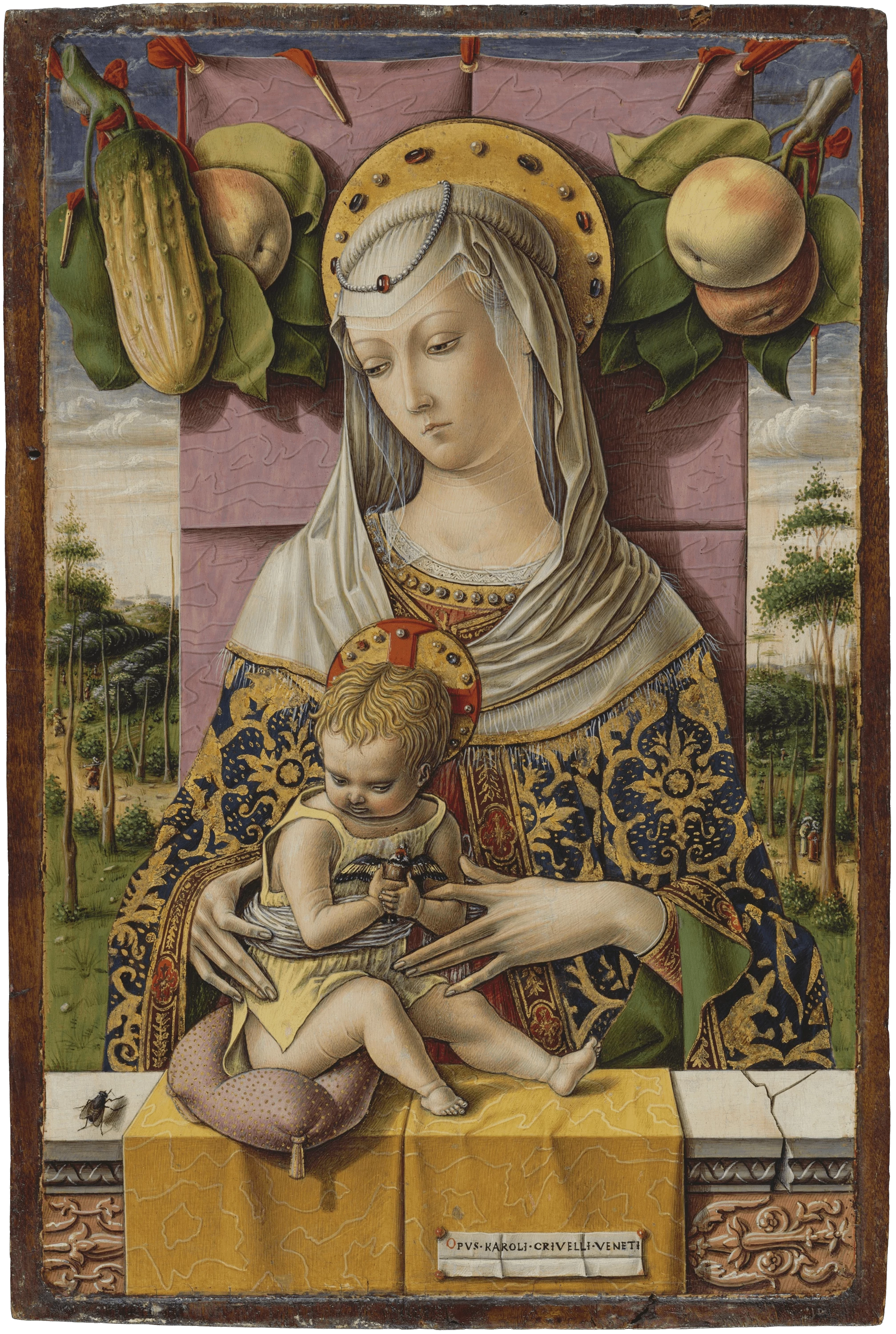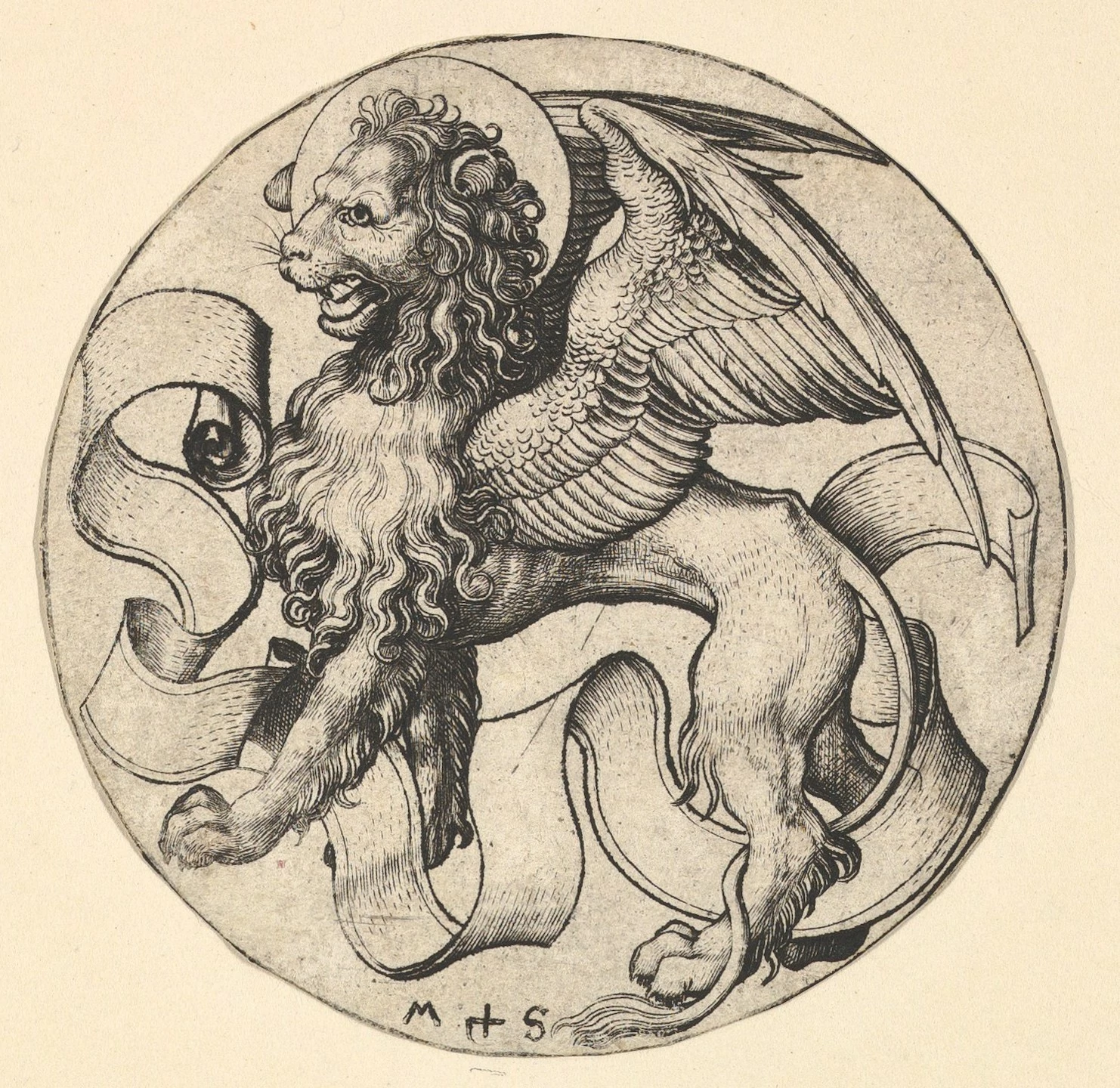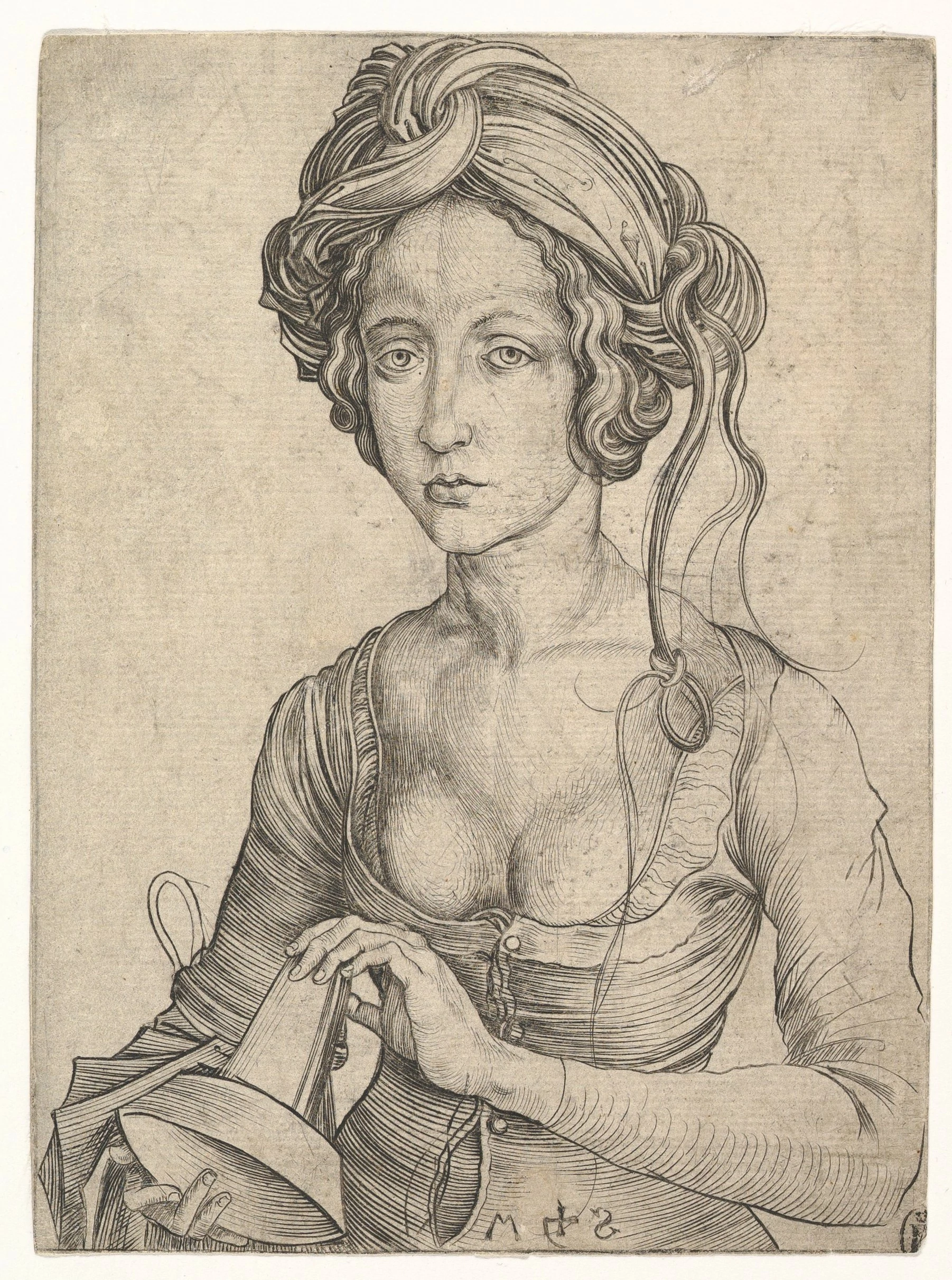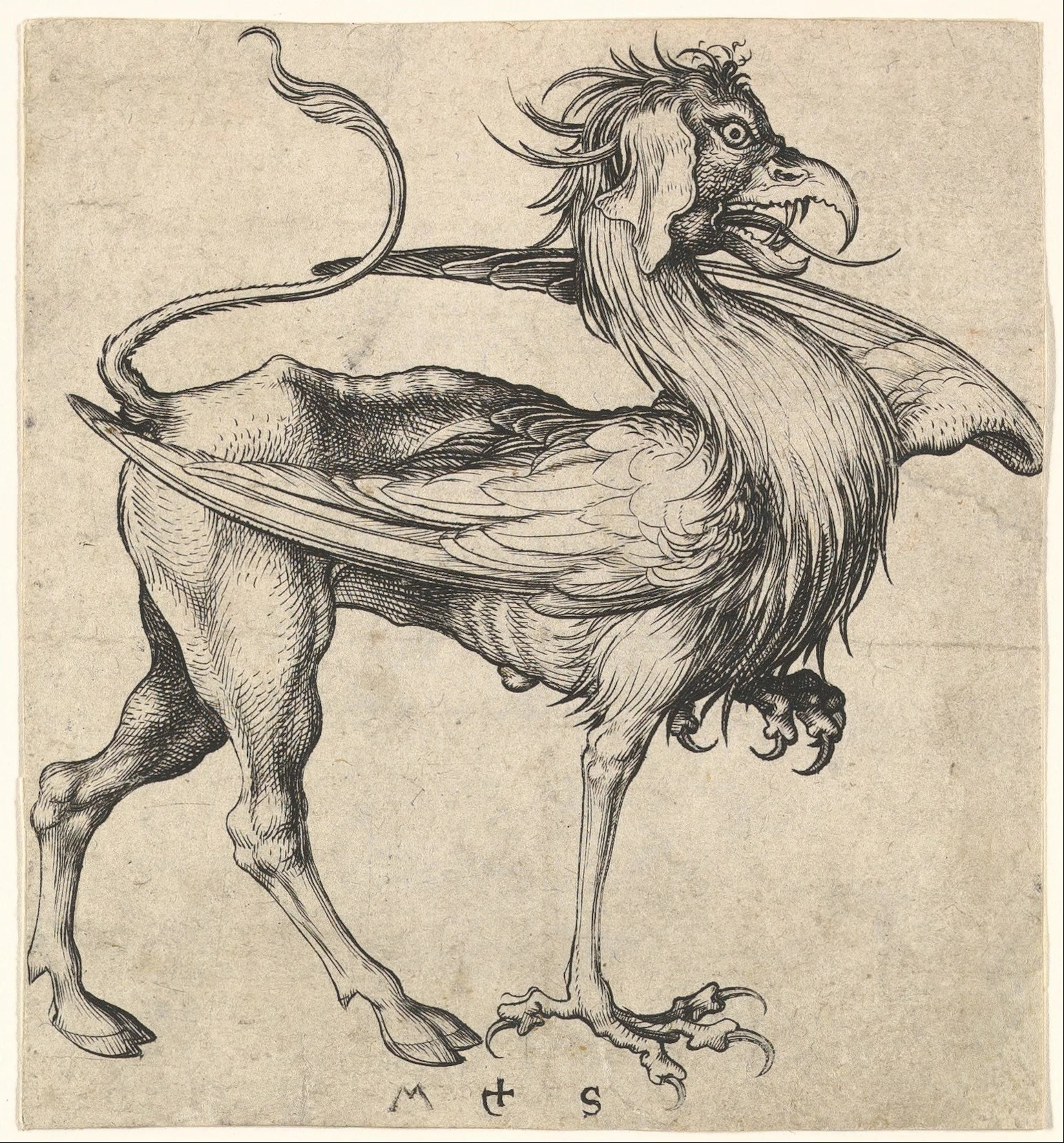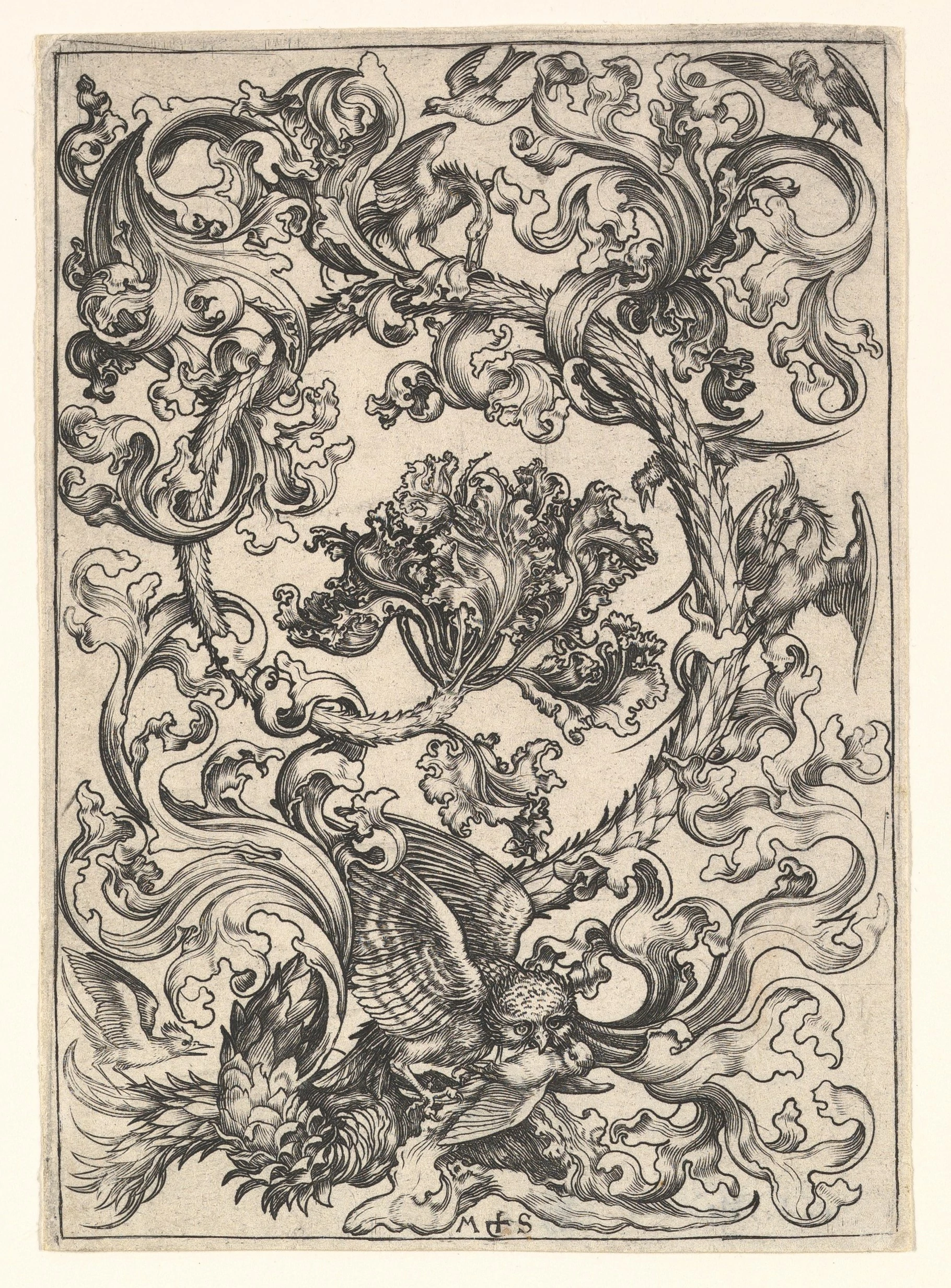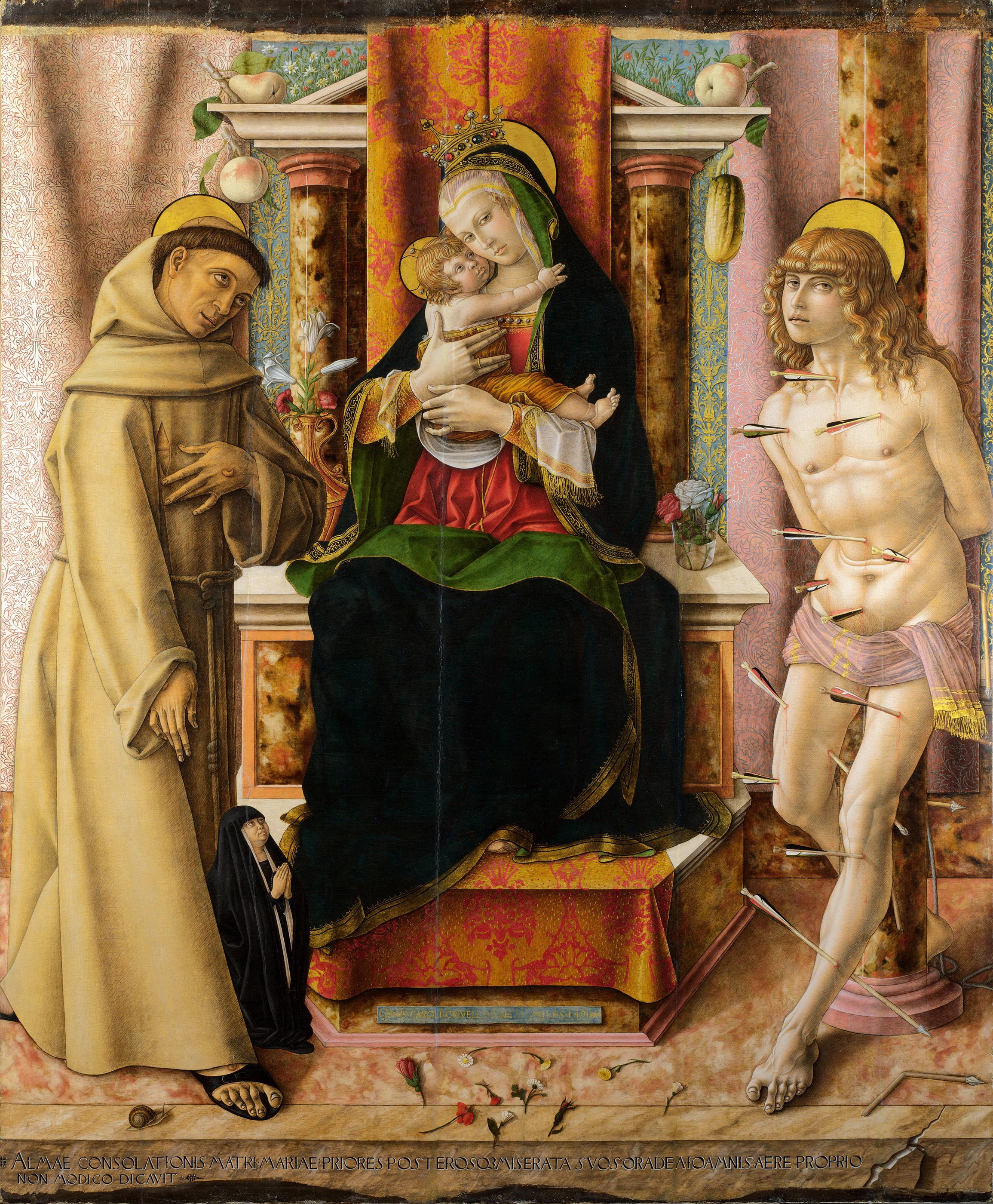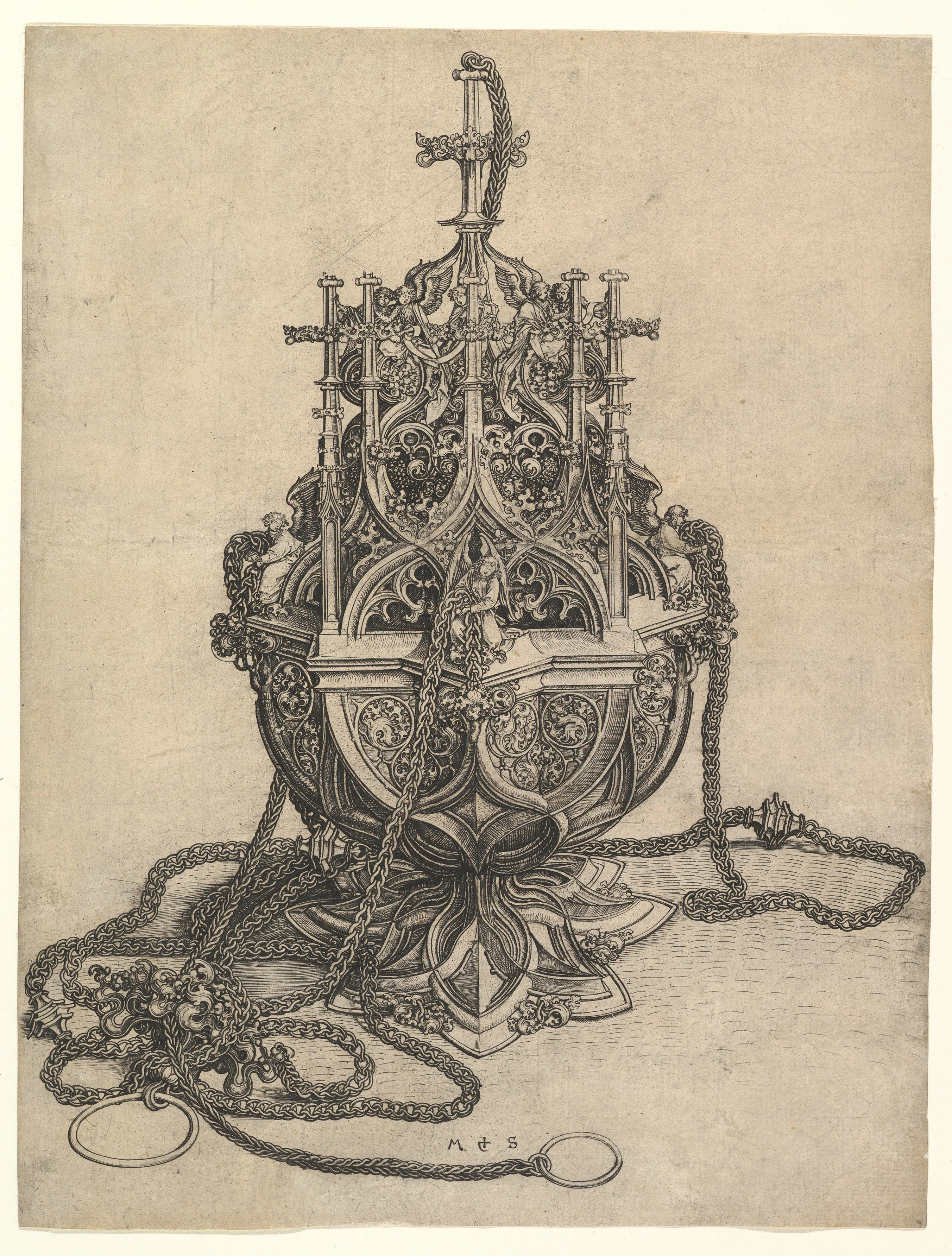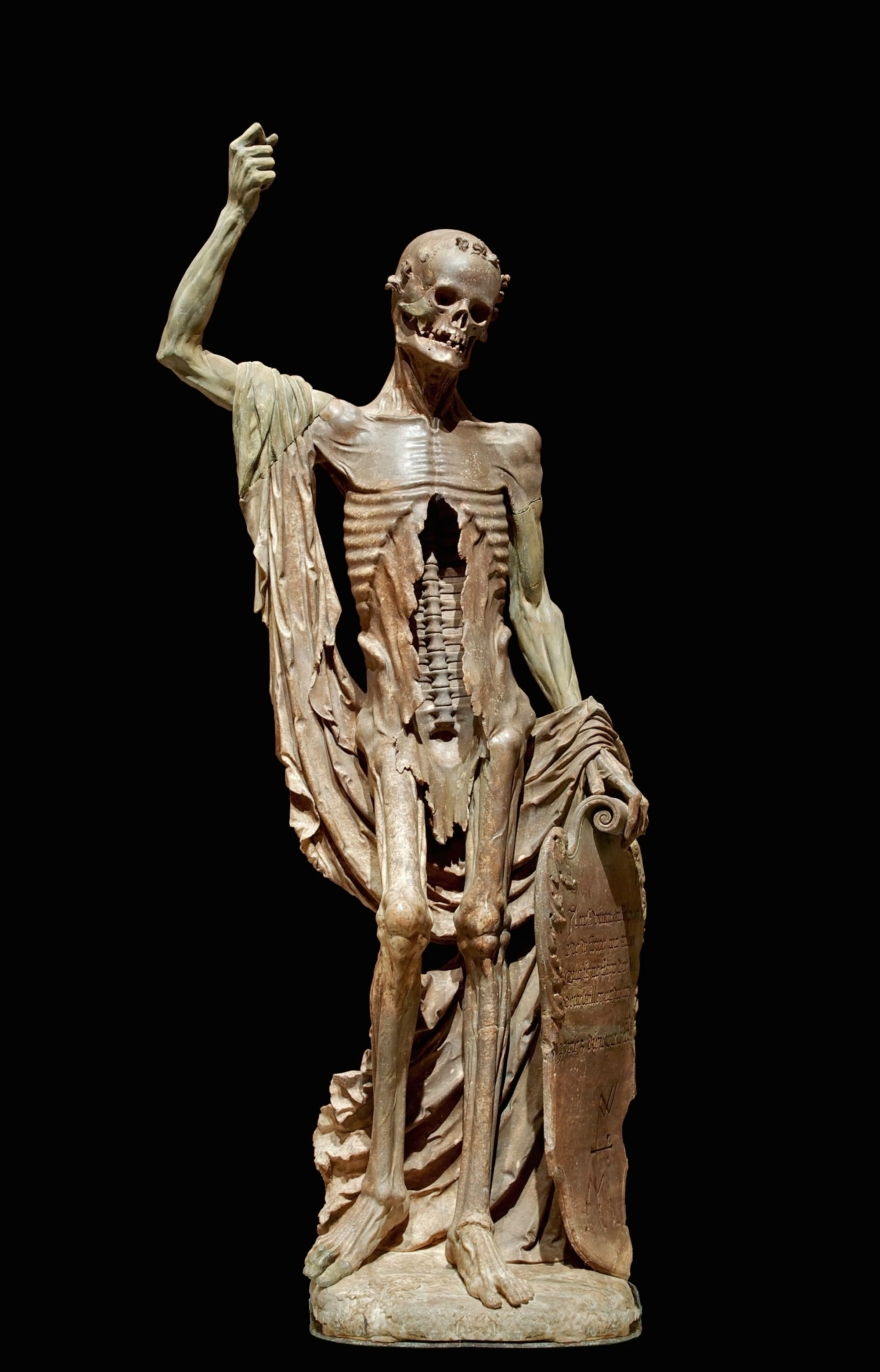Gothic Art
The race for height


It was our old friend Giorgio Vasari, the Italian historian, who coined the term Gothic, which has grown to encompass nearly 400 years of art and architecture throughout Europe and Great Britain. Vasari was describing the evolution of art and culture that followed the Byzantine age during the increasing secularization, trade, and education that eventually flowered into the Renaissance. But Vasari wasn't being complementary. “Then arose new architects who after the manner of their barbarous nations erected buildings in that style which we call Gothic.” The term ‘Gothic’ began as a slight, a reference to the Germanic tribes who sacked Rome and effectively ushered in the European dark ages, and from the vantage point of the latin-speaking elite, the ornate decoration and opulence of Gothic style certainly seemed grotesque.
But as much as we love Vasari, he was wrong about Gothic Art. The gothic style was unique in that it was led not by writing or art or music, but by architecture. The entire gothic aesthetic can be traced back to the race for height. In medieval Europe, similar to today, if you wanted to make a statement, you built a big building. And the only way to build a big building was to build it out of stone. But the previous styles of architecture, the Romanesque, was limited. The taller the building, the bigger the columns needed to hold up the roof. So gothic style began with the pointed arch, an innovation borrowed from Islamic architecture. Arches could be used to spread the weight of the roof between columns, so the columns themselves could be more delicate, and the building could be taller.
In 1137, Abbot Suger began rebuilding the Basilica of Saint-Denis, the burial church of the French monarchs. His architects replaced the church’s heavy, flat Carolingian architecture with newest innovations in the field: the pointed arch, the ribbed vault, columns supporting ribs springing in different directions, and flying buttresses. On its completion in 1144, the Basilica of Saint-Denis became the first building to bring all the elements of Gothic architecture together under a single roof. Over the next few centuries, these designs spread across Europe, with shining examples appearing in the Gloucester and Salisbury Cathedrals, the Wells Cathedral, and many more. As the Gothic style matured, the arch became a motif found in paintings, furniture, clothing and funerary art. Arches soon formed the base of decorative filials, exploding with arabesque vines, gargoyles and symbology.
While gothic architecture swings far from the Romanesque, It can be difficult to identify the nuances of gothic painting, which remained very byzantine in style until the dawn of the renaissance. The trick is to look for the beginnings of expression. In gothic art, the rigid byzantine icons begin to soften, the Virgin Mary looks like she might actually care about little Jesus, and more care is taken to place characters in a living background, rather than on a field of gold leaf. Simone Martini is a good example of this progress, as is Giotto, who perched at the very edge of the renaissance.
...
Got questions, comments or corrections about Gothic Art? Join the conversation in our Discord, and if you enjoy content like this, consider becoming a member for exclusive essays, downloadables, and discounts in the Obelisk Store.

A record of the rebuilding of the first Gothic cathedral, St. Denis
